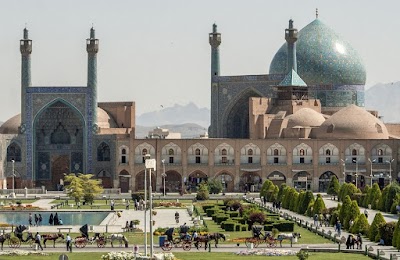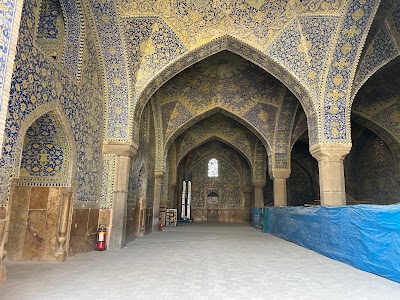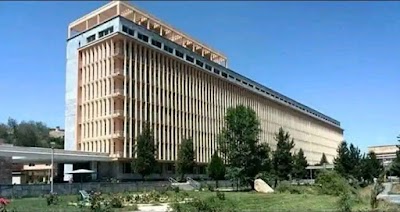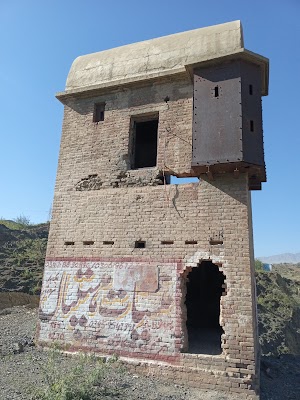Masjid-i-Shah-i-Doshamshera (مسجد شاه دوشمشیره)
Overview
Masjid-i-Shah-i-Doshamshera, often referred to as the Shah-do Shamshira Mosque, is a remarkable architectural gem nestled in the heart of Kabul, Afghanistan. Situated along the banks of the Kabul River and in close proximity to vibrant markets and the historic citadel, this mosque embodies the city’s rich cultural heritage and enduring historical spirit.
The mosque’s name translates to "Mosque of the King of Two Swords," a title steeped in history. It is believed to honor a valiant warrior companion of the Prophet Muhammad, known for his prowess in battle wielding two swords. Built during the reign of Amanullah Khan in the early 20th century—around 1920—the mosque reflects the significant modernizing efforts of this pivotal figure in Afghan history, who championed Afghanistan's independence from British influence.
What truly distinguishes Masjid-i-Shah-i-Doshamshera from other mosques in the region is its unique architectural style. Drawing inspiration from European baroque and neoclassical designs, this mosque stands out as an unusual yet captivating structure within an Islamic context. Its two-story design features a striking bright yellow façade, arched windows, and an ornate balcony that overlooks the river. The tiered domes and spires further enhance its eclectic appeal, creating a picturesque sight against Kabul's traditional skyline.
Upon entering the mosque, visitors are welcomed by an airy and serene interior. The prayer hall is adorned with beautiful carpets and intricate floral patterns, seamlessly merging elements of both European and Islamic art. Natural light floods in through the windows, illuminating the remarkable craftsmanship and thoughtful details that characterize this extraordinary space. The interior design represents a blend of influences, highlighting Afghanistan's openness to diverse cultural aesthetics during the progressive era of Amanullah Khan.
For foreign tourists, visiting Masjid-i-Shah-i-Doshamshera offers a chance to appreciate not only its unique architecture but also to gain insight into a transformative period in Afghanistan’s history—one that embraced modernization while remaining deeply rooted in cultural traditions. Unlike many other landmarks, this mosque is often less crowded, providing visitors with the opportunity to explore and reflect at their own pace.
The mosque also holds cultural significance for local residents, serving as a beloved venue for Friday prayers and special religious occasions. Worshippers from various parts of the city gather here, fostering a sense of community and shared heritage. The mosque grounds double as a communal gathering space, where people come together to converse, connect, and engage in prayer.
In addition to the mosque, visitors can explore nearby attractions such as the Kabul Zoo and the beautiful gardens of the Wazir Akbar Khan neighborhood. The bustling markets offer a vibrant experience filled with local crafts, spices, and traditional Afghan cuisine, enriching the visit with sensory delights and cultural encounters.
It's essential for visitors to dress modestly in respect of local customs. Women are encouraged to cover their heads with a scarf, and all guests should wear clothing that covers their arms and legs.
In conclusion, a visit to Masjid-i-Shah-i-Doshamshera is an essential experience for anyone interested in Afghanistan’s rich history and architectural heritage. The mosque stands as a powerful symbol of the country’s past and its aspirations for modernization, offering a narrative that is uniquely its own among historical sites in the region. Its tranquil ambiance, coupled with the intricate beauty of its design, makes it a must-visit destination for travelers seeking to deepen their understanding of Afghan culture and history.






